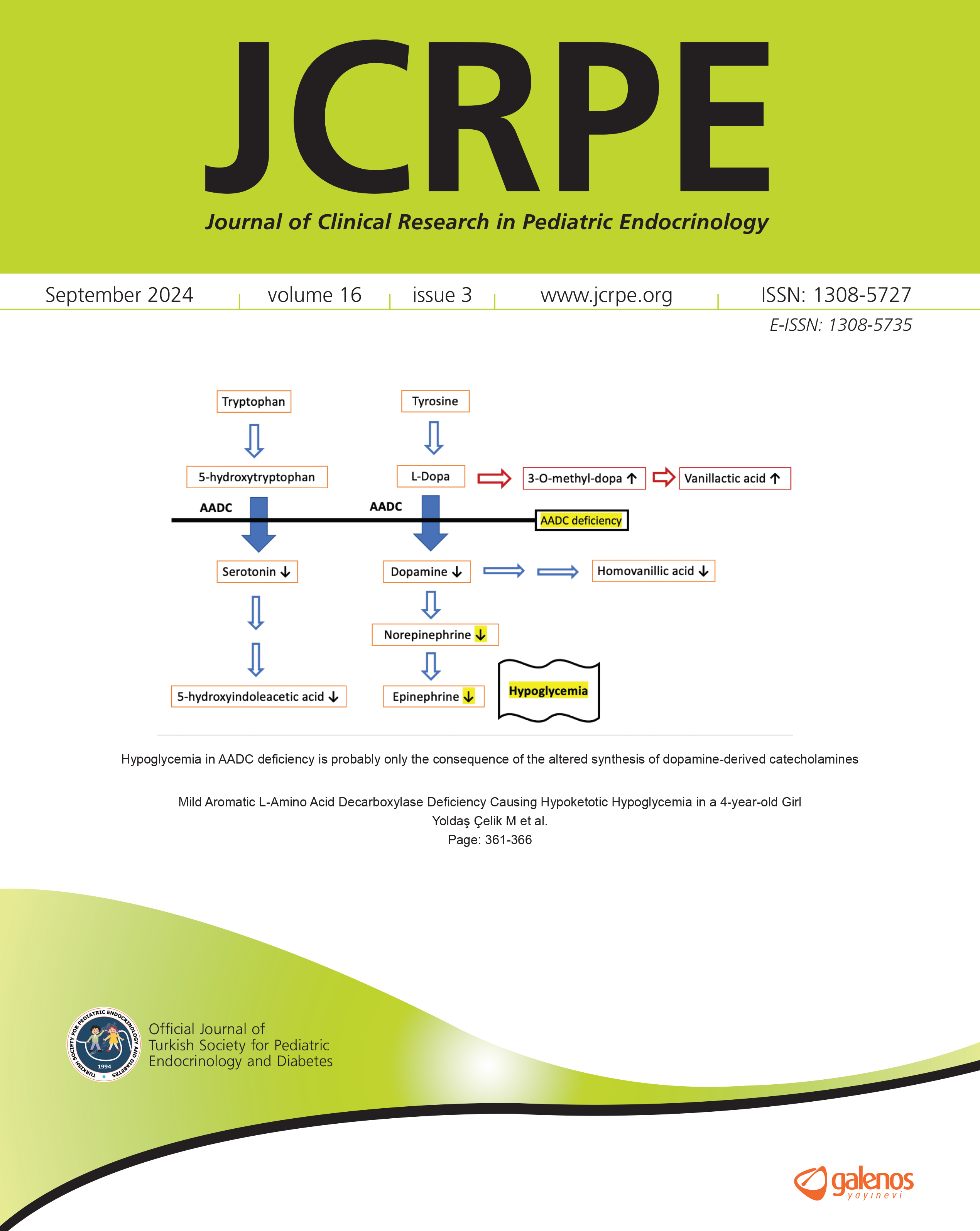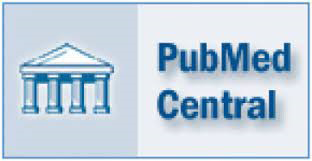A Rare Case of Monogenic Obesity due to a Novel Variant in the ADCY3 Gene: Challenges in Follow-up and Treatment
Bahar ÖZCABI1, Asude DURMAZ2, Ayça AYKUT2, Hasan ÖNAL3, Samim ÖZEN41Department of Pediatric Endocrinology, Acibadem Atasehir Hospital, Istanbul, Türkiye2Department of Medical Genetics, Ege University School of Medicine, Izmir, Türkiye
3Department of Pediatric Endocrinology, University of Health Science Cam and Sakura City Hospital, Istanbul, Türkiye
4Department of Pediatric Endocrinology, Ege University School of Medicine, Izmir, Türkiye
Adenylate cyclase 3 (ADCY3) gene alterations have been found to be associated with obesity. However, few patients with homozygous mutations have been reported so far, and the follow-up procedure and treatment options have not been clarified. A 10-month-old female presented with increased appetite and weight gain. She was born from a consanguineous marriage. Weight, height, head circumference measurements and standard deviation scores (SDS) were 19 kg (+6.98 SDS), 82 cm (+3.53 SDS), and 49 cm (+3.07 SDS), respectively. Laboratory tests revealed a fasting glucose level of 103 mg/dL (5.7 mmol/L), insulin level of 25.39 µIU/mL, and Homeostatic Model Assessment for Insulin Resistance (HOMA-IR) value of 6.43. Whole-exome sequencing revealed a novel, homozygous c.1102G>A(p.Asp368Asn) variant in ADCY3. Her parents and healthy sister were heterozygous for the variant. At the age of 2.5 years, neurodevelopmental delay was observed. At the age of 3.5 years, the patients weight, height, and body mass index values were 49.5 kg (+8.16 SDS), 111 cm (+2.59 SDS), and 40.18 kg/m2 (+6.48 SDS), respectively. Signs of Blounts disease and acanthosis nigricans were distinctive, and she had hyperphagia. She was undergoing speech therapy. Homozygous ADCY3 variants may present with early onset, severe obesity, insulin resistance, and neurodevelopmental delay in children. Severe complications may occur even at young ages. More data regarding the follow-up process and treatment of these patients are needed.
Keywords: ADCY3 gene, hyperphagia, insulin resistance, monogenic obesityManuscript Language: English



























